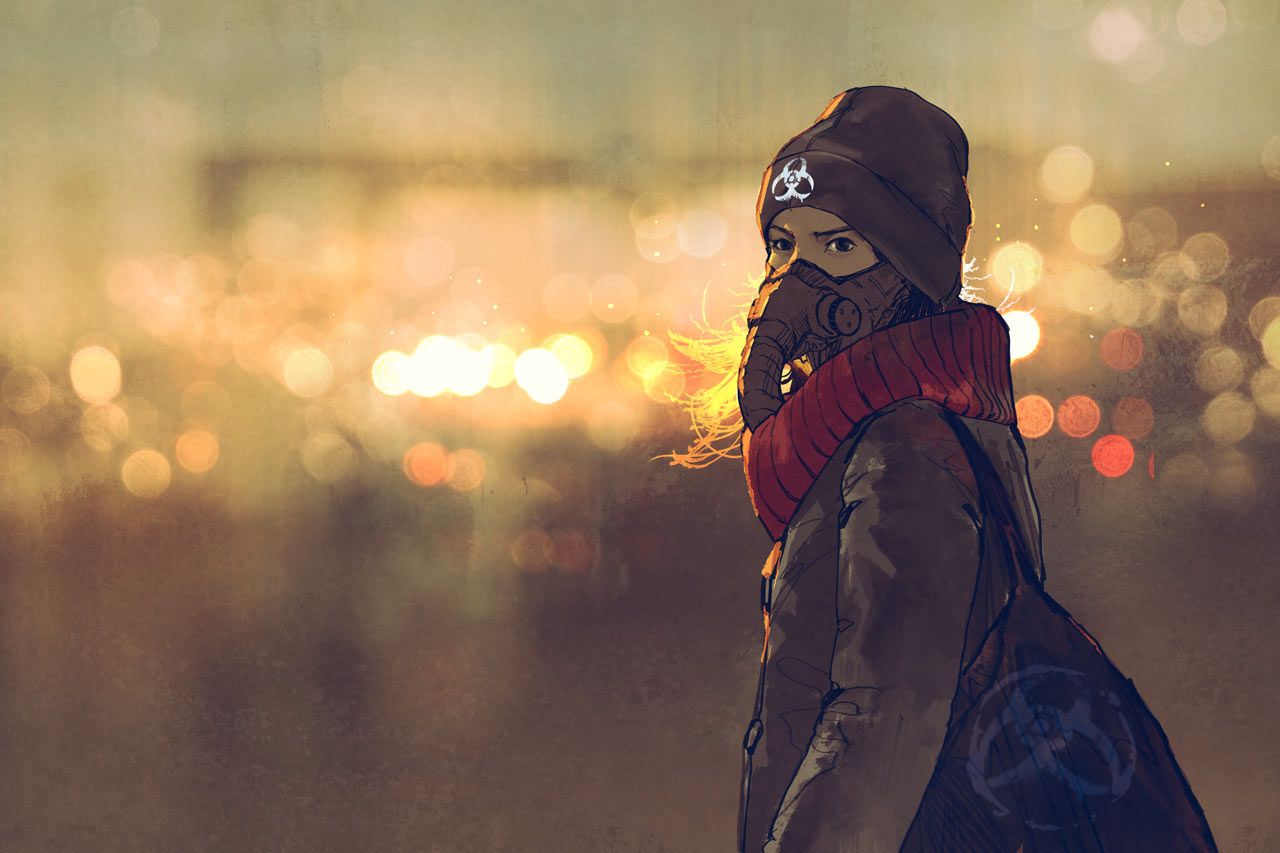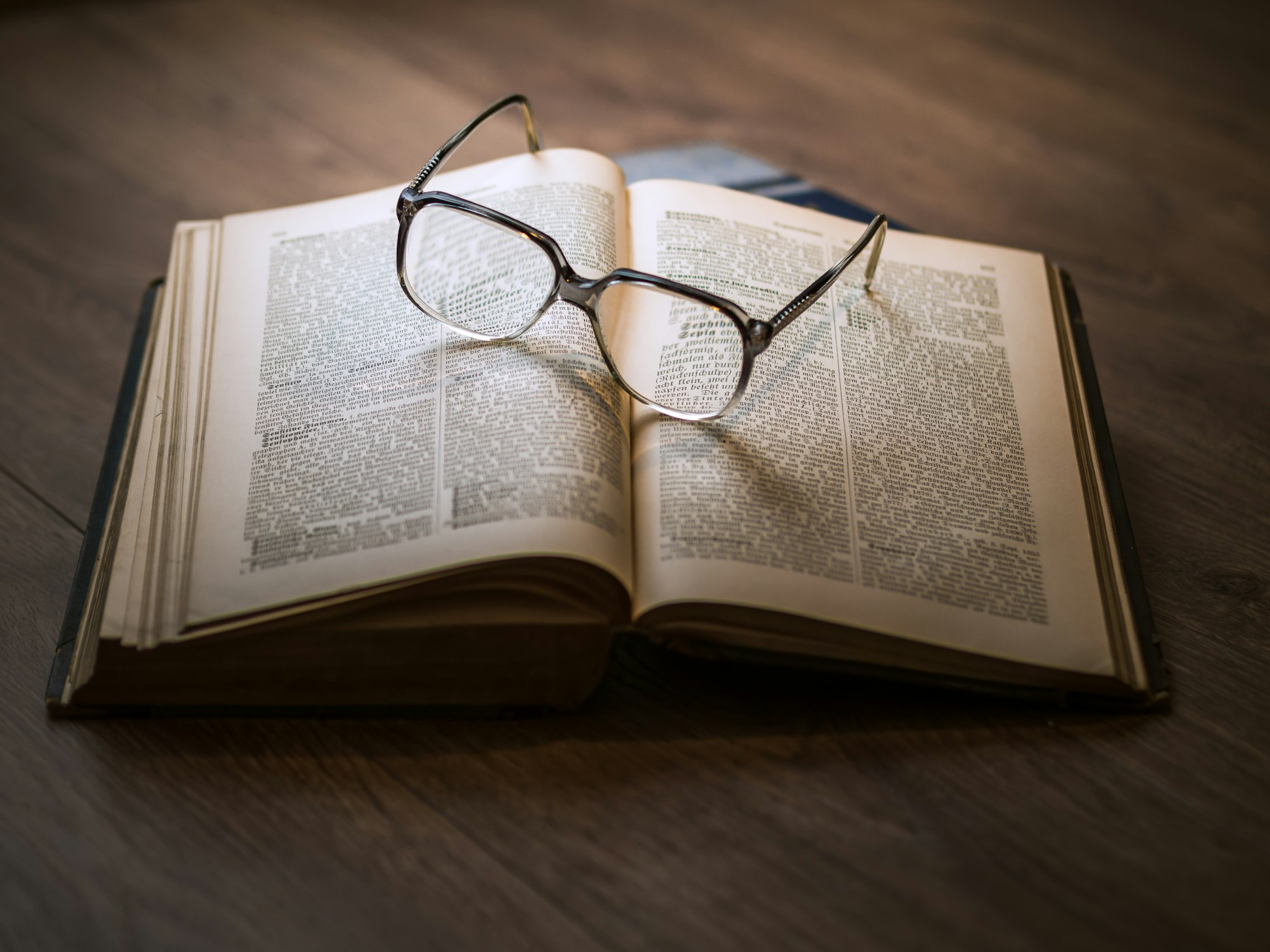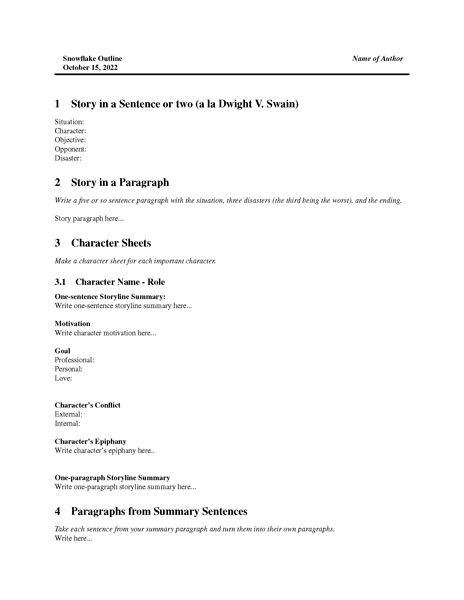The Protagonist and the Antagonist - Building Blocks of Story Writing
Across multiple forms of creative and fictional writing, the protagonist and antagonist, and their relationship, play critical roles in driving your plot forward. What exactly makes up these personas in your story? Read on to find out more.

Whether you're writing the screenplay for a stage play, or plotting the outline for your next novel, or writing the script for a radio drama, there are some elements in story-making that have key characteristics and play pivotal roles throughout any of these forms of story writing.
In most forms of story writing or creative writing, the protagonist and antagonist are characters that are the focus and essentials in moving a story forward. As with any character in a story, they are layered and are complex in nature. Their relationship and their interaction are often the most pivotal in many forms of story-telling, and have the potential to make or break your story.

What is a Protagonist?
The protagonist is the principal character in a literary work, such as a drama, film, or any type of story. They drive the action in a story, and their fate often matters most to readers. They are heavily involved in and key to the unraveling plot or central conflict of the story, and can also be the emotional focal point of an entire narrative.
Sometimes, it is straightforward and easy to pinpoint protagonists. The plot can be, very clearly, centered around this character's experience, their emotional climax, their journey towards an epiphany, or about their impending doom or supposed victory. For example, in the Lord of the Rings for example, the overarching goal is for good to triumph evil. The story's protagonist, Hobbit Frodo, strives to destroy the ring, and as an effect Sauron who embodies evil as well.
But this is not always the case. Sometimes identifying the protagonist can be a little more complicated. Protagonists often undergo major changes in narratives. They can make choices, take action, and can be intrinsically altered by repercussions that come from the above-mentioned by the end of a story. In some literary fiction, stories do not have a big twist or surprise that catches readers off-guard, and this can make it hard to identify the main, protagonist character. Titles that mislead you, with a character's names,
In these instances, it helps to ask yourself questions such as who changed in this story, or which character could have started in one place and moved, either emotionally, mentally, or relationally, to another place well-through the story. This can help you identify the protagonist easier.
Types of Protagonists
- The Hero : A hero is someone we can all relate to, and his downfall will fill us with pity and fear. The hero is the “good guy”—the type of virtuous protagonist the audience roots for and wants to succeed. They often overcome profound struggle or conflict to achieve success through qualities like perseverance, bravery, or intelligence. They are seen to make sacrifices along the way for the greater good and not for personal gain.
- The anti-hero : An anti-hero is an unlikely protagonist who does not necessarily have virtuous or villainous qualities but who is able to behave heroically if the opportunity arises. They often lack the qualities found in archetypal heroes, and have flaws that make them seem more relatable or realistic. They are distinctly unlike the hero as they tend to not have moral or particularly noble intentions. While they can act in line with their own self-interests in mind, anti-heroes are not wholly corrupt or immoral like villains.
- The villain : Unlike the above-mentioned protagonists, the villain is the "bad guy. Often a story's villain is the antagonist. However, villains can also be protagonists when they are the main character driving the story forward and have the audience's sympathy.

What is an Antagonist?
Hailing from the Greek term "antagonistēs" which means “opponent" or “rival.”, the antagonist in a story is the individual, group, force of society, or a mere idea that goes against or opposes the interests of the protagonist or gets in the way of them pursuing their goals.
Sometimes, instead of being an active character, the antagonist can be a passive threat. Other times, the antagonist comes in the way of the protagonist’s goals and interests throughout the story. The antagonist can be understood as the antonym of protagonist; while the protagonist represents the forces of goodness and justice, the antagonist represents evil and injustice. Think Darth Vader from the Star Wars trilogy, Napolean from Animal Farm, or Shere Khan from The Jungle Book.
The antagonist is different from an antihero character; a character who lacks characteristic or lacking traditional heroic qualities. They are also not necessarily the "villains" in every narrative. While the terms “villain” and “antagonist” are often used interchangeably, the main driver of the central conflict in a story should be the true antagonist.
The nature of the antagonist is critical in stories, as stories are often motivated forward because of conflict that arises between them and protagonist. It is crucial how you approach an antagonist in your story, and they should be as well-developed as your protagonist.
Types of Antagonists
There are a handful of antagonist tropes we can identify across stories. While characters that go against the main character’s goals aren’t necessarily evil or bad, they serve the primary function of standing in between another character and their destiny or goals. Some of these tropes include:
- The traditional or classic villain: The traditional antagonist is outright nasty. The qualities he possesses are cruel, hypocritical and self-serving, and it does not take long for readers to despise him. They have an appetite for destruction and they do bad for evil’s sake. They can come in many forms, such as an evil dictator or leader, a serial killer, or an abusive parent.
- A corrupt organization: This is more of an antagonistic force rather than an individual character that drives conflict and creates barriers in the protagonist’s journey. An organization could be a gang, large corporation, government, or other forms of organization. This form of antagonistic force has immoral intentions. They take after your classic villain; they lack empathy, compassion, and seek to have power and control.
- The ally-turned-antagonist: Ally-antagonists can be an interesting approach to antagonism in a story, as they add shades of grey in the seemingly black and white dichotomy of good vs evil. These characters can be used to demonstrate how easily one can take a destructive path that result in grave and negative outcomes somewhere in the story. They are also known as the "hero antagonist" as they can also be motivated by noble ideals.
- Internal antagonism: In heavily persona or character-driven stories, the narrative's main source of conflict may not even be an external antagonist. It could be a deeply internal obstacle that stops or hinders a character's journey towards finding happiness or victory. This can manifest as doubt, fear, a detrimental flaw, or false belief, which the protagonist may not even be able to identify as a hindrance.

The Importance of the Protagonist Versus Antagonist trope
The clash and tension between these two sides has been long a driving force in many stories that we know and love; such as Harry Potter and Lord Voldermort in the Harry Potter Series, Katniss Everdeen and President Snow in The Hunger Games, and Jean Valjean and Javert in Les Misérables. Film writers, playwrights, and authors have often used the tension between the protagonist and antagonist and their rivalry or competition to carry their story forward. This relationship also helps to further evolve and develop the definition and characteristics of both types the characters.
The protagonist and antagonist roles are fundamentally the main focal points of the story. The action, climax, and conclusion that unfold revolve around their relationship and interactions. Outside of this relationship, these two-character types serve intrinsically different purposes in the plot; the protagonist seeks resolve, and the antagonist thwarts that. This dichotomy creates a space for tension, action and consequence in a story, and these are the determining factors in the satisfaction if a conclusion to the story.
Tips on Constructing Protagonist and Antagonist Characters
Tips for constructing Antagonists
1. Make sure they have some good in them: Yes, antagonists are meant to represent evil. But you run the risk of not being able to hold attention for them in the story if readers cannot find anything in them to relate to or feel for. You can do this and even make your conflict more layered by giving the antagonist a mix of traits; making antagonists seem completely evil in the beginning, but slowly teasing your readers with their more humane qualities.
2. Make defeating them a challenge: If your antagonist can be easily defeated at the end of your narrative, this can be an underwhelming conclusion for your readers. Make your conflict and the strength of both your antagonist and protagonist strong competitors. Make the conflict’s stakes high and exciting. Avoid making your antagonist all-powerful, and give your protagonist an equal, fighting chance.
Tips for constructing Protagonists
- Give them a flaw to make them relatable: Make sure your protagonist is not 100% righteous, moral, and good. Instead of an intrinsic character flaw, this can be an aspect of a character’s personality that creates challenges for them in the plot.

In order to build these two characters well, and to place them in a convincing storyline, the Snowflake Outline Method Templates by JotterPad can provide a brainstorming skeleton for you. In this template, you have guidelines that help you state the motivations of your characters, their goals (professional, personal, or love), your characters' internal and external conflict, and many other story building blocks that can create well-developed characters, a robust outline and in time, a strong plotline as well.



